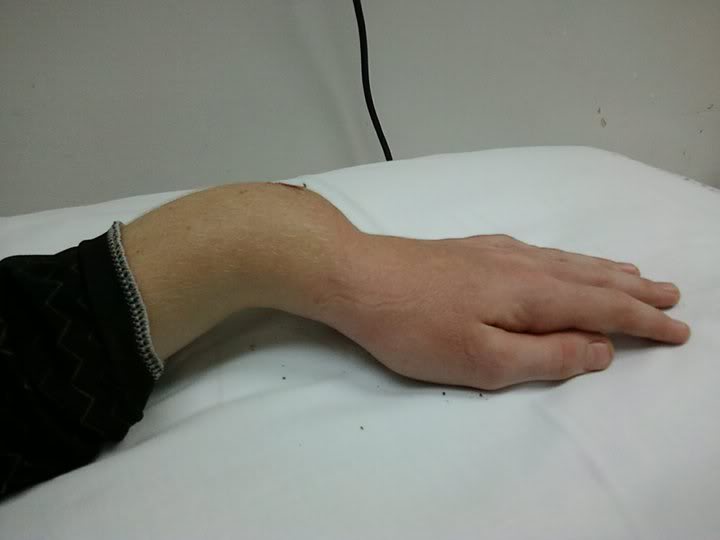Long Bone Fractures
Published (updated: ).

Isolated fractures are not usually life-threatening; however fractures of the pelvic bones or femurs may result in serious blood loss. Fractures are typically classified as open or closed:
- Open fracture – bone that is broken and a break in the continuity of the skin has occurred either as a result of the broken bone ends or by the forces that caused the fracture.
- Closed fracture – bone that is broken but does not produce a break in the continuity of the skin.
Further damage can occur from a fracture if the fracture is not stabilized and/or splinted prior to movement. For the most part, EMS is concerned with larger long bone fractures such as radial/ulna, humerus, wrist, ankle, femur, tibia/fibula.

The steps to immobilize a fracture are always the same:
- Identify the bone is broken
- If possible, have a paramedic administer a narcotic before splinting (obviously, the patient should be splinted before being moved)
- Stabilize the fracture, preferably in a position of function
- Splint the fracture to a splint that will immobilize the joint above and below the extremity. Georgiaemsacademy primarily teaches 2 splints: long spine board and the use of a padded board splint.
- Ensure the patient has intact pulse, motor, and sensory perception before and after splinting. If the pulse or motor/sensory perception disappears, the splint may be too tight and impeding circulation.
